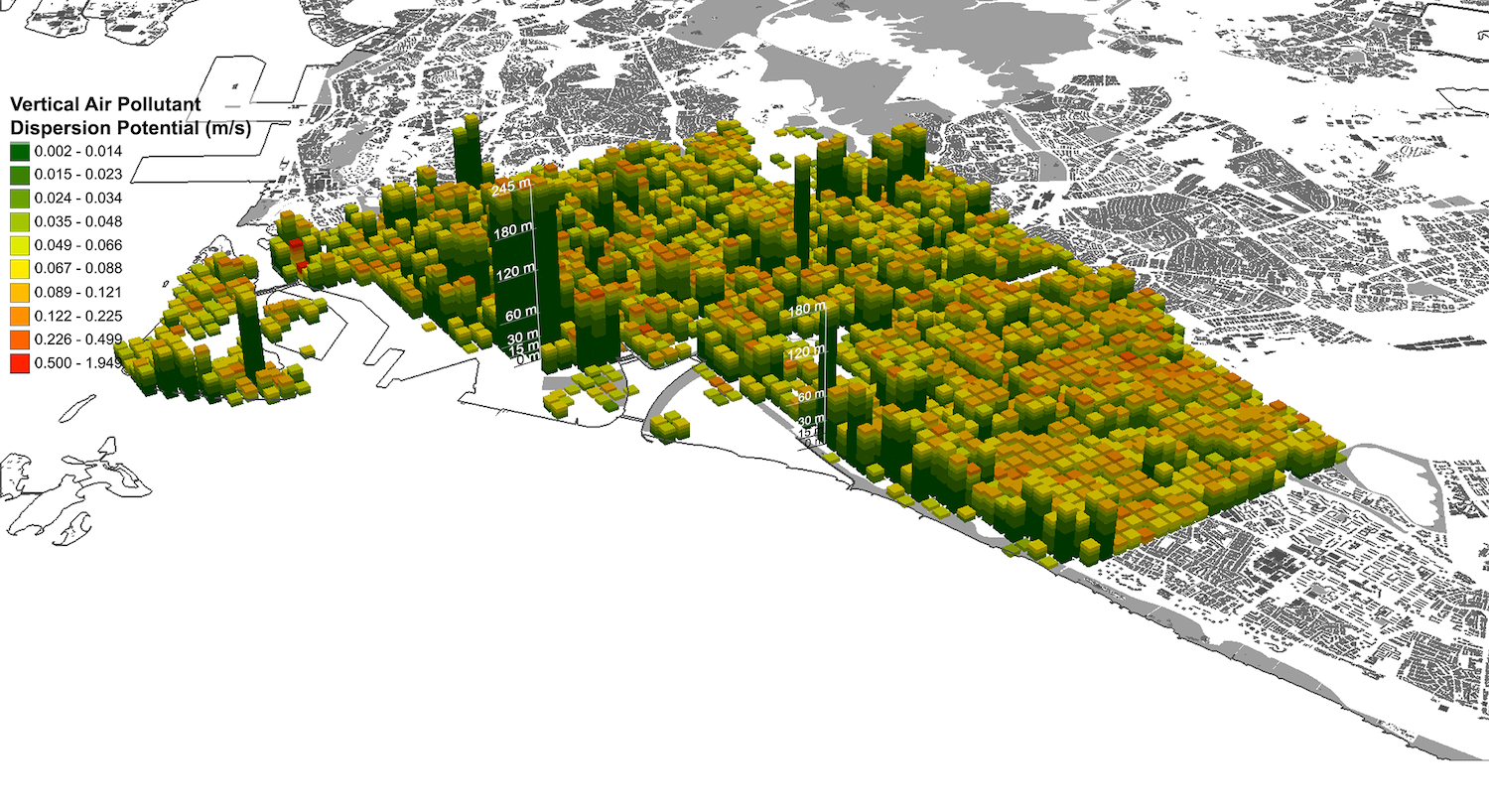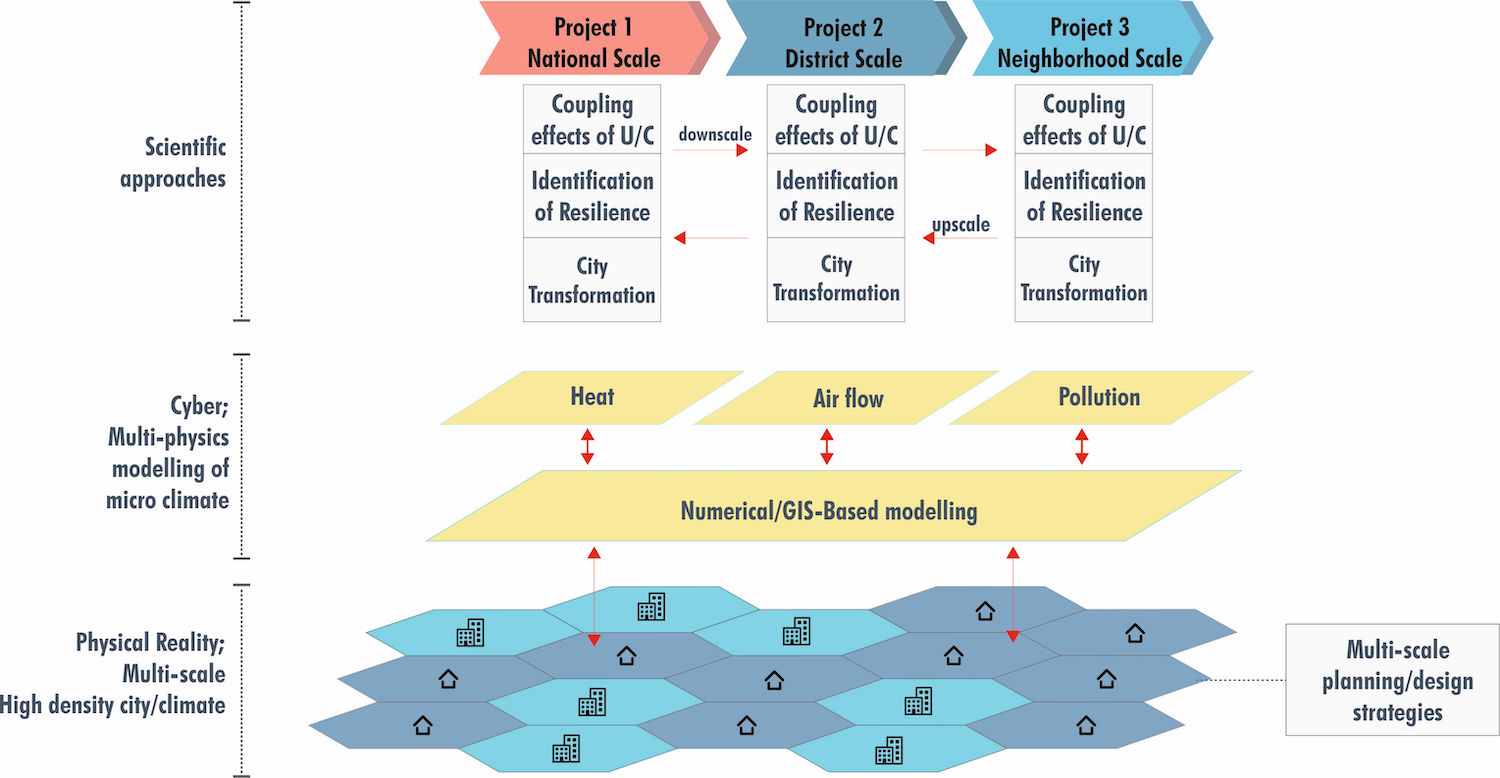Climate Resilience in High-Density Cities

Developing a robustness-based urban planning and design framework through integrated physics modelling and analysis at multi-scales
In the face of climate change and urbanisation, improving resilience of cities is an urgent priority and will increase in importance for decades to come. High-density urban living is an inevitable trend in adapting to rapid urbanisation and climate change. Yet, such high-density nature could pose negative impacts on urban living, such as poor air quality and thermal comfort. Long-term negative impacts increase both intensity and frequency of short-term disruptions.
Therefore, robustness-based urban planning and design, which encompasses prediction, diagnosis, and mitigation, is warranted to identify key decision variables. This enables urban planners/designers to tackle the coupling effects of climate change and urbanisation on the resilience of high-density cities.
The module aims to develop an integrated approach to predict the coupling effects of global climate change and urbanisation and a robustness-based planning and design system to guide the development of resilient cities.
The team will employ numerical simulation, physical modelling, geographic information system (GIS), and analytical modelling, applied to urban planning and design case studies. The design system and tools can be applied to different scales – at the city, district, and neighbourhood scale. This makes it possible to link it to Resilience Analysis of High-Density Urban Systems (module 2.1) and Energy Resilience in High-Density Urban Systems (module 2.2) by providing urban climatic measures at various scales.

Expected Outcomes
The expected outcomes can be categorised into different urban scales:
City:
- Ability to predict future national development, e.g. land use density
- Understand the challenges of urban climate resilience
- Practical urban planning strategies and tools
District:
- Ability to predict future district development, e.g. urban morphology and greenery
- Understand the challenges of district climate resilience
- Practical district design strategies and tools
Neighbourhood:
- Ability to predict future building development, e.g. building typology
- Understand the challenges of micro climate resilience
- Building design and technologies for both new buildings and renewal of existing buildings
